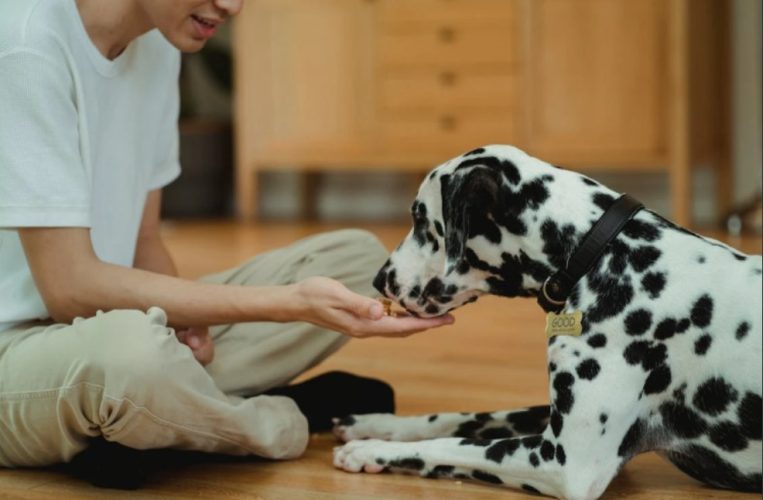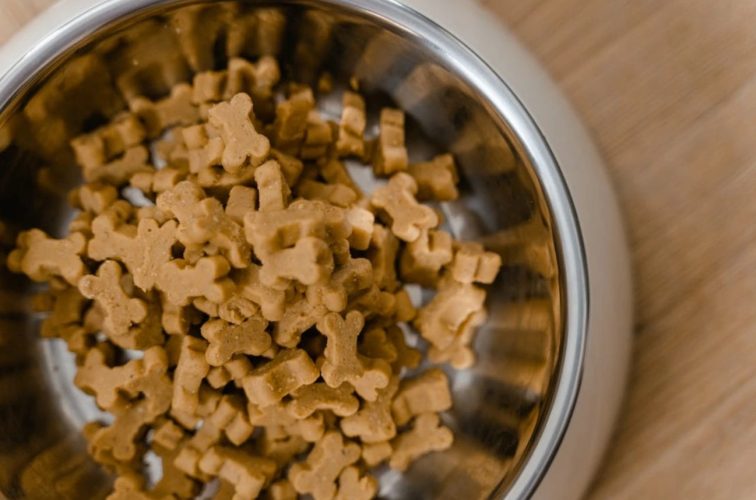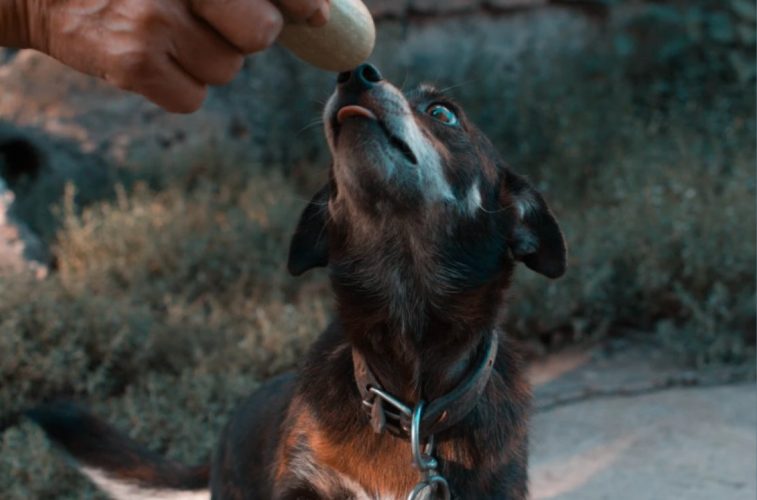Dog training works best when rewards make sense to your dog. Treats are tools that mark the exact moment your pup gets it right. Give it at the right time, and your dog instantly understands what you want. Miss the timing, and the lesson may not stick. That simple exchange is why treats are such a cornerstone of modern training.
Guidance helps too. PawChamp app is a legit online dog training tool that is built on the idea of reward-based dog training. Its lessons often emphasize positive reinforcement and show owners how to use treats in ways that keep learning consistent and enjoyable. The approach is practical: make rewards meaningful, keep sessions short, and match the treat to the challenge.
In this article, we will look at why treats matter, how to use treats in training, how to choose the right ones, and when to give them for the best results.

Why Treats Work in Training
Dogs repeat what works for them. If sitting politely earns a piece of chicken, that choice suddenly feels worth it. In science, this is called positive reinforcement. Psychologists like B.F. Skinner showed that behavior followed by a reward is more likely to happen again. Modern trainers apply the same idea every day. Dog training with food is simple, effective, and kind.
Dog treats for reward training work because they are easy for dogs to understand. A pat on the head feels nice, but a tasty bite makes the lesson stick. Food is a primary reinforcer, meaning dogs don’t have to learn to value it – they already do. That’s why using treats in training works so quickly. It gives clear feedback right when the behavior happens.
Chris Gatseos, owner of Happy Paws Grooming with over a decade of professional grooming experience, explains:
“…I see how treat-based training affects behavior during sessions. Dogs who’ve been properly treat-trained are noticeably calmer and more cooperative.”
Dog treats for puppies are mighty. Young dogs get distracted fast, so tiny, soft pieces keep them engaged without filling them up. The size matters less than the timing. Deliver the treat instantly, and the puppy knows exactly what action earned the reward.
Over time, treats can be used less often, replaced with praise or play. But in the beginning, food helps build strong habits and trust. That moment when your dog’s tail wags after getting it right – that’s what makes training feel like teamwork.
Choosing the Best Treats for Dog Training
Not every snack in your cupboard makes a good training tool. The best dog snacks for training are small, soft, and quick to swallow. A dog focused on chewing for ten seconds isn’t paying attention to you. Training relies on timing, and you want your dog ready for the next cue, not busy crunching.
Healthy dog training treats should be simple and easy on the stomach. Many owners use tiny pieces of cooked chicken, turkey or cheese. Others keep store-bought soft dog treats for training in their pocket because they are less messy.
As Chris Gatseos adds:
“For training treats, I recommend small, soft pieces that can be eaten quickly—think tiny bits of cooked chicken or soft training treats about the size of a pea. Hard treats slow down the training process because dogs spend too much time chewing. I’ve noticed dogs trained with high-value treats like freeze-dried liver respond much faster to commands during stressful situations like nail trims.”

High-value dog treats are especially useful in distracting or stressful settings. Imagine calling your dog back while another dog darts across the path. A plain biscuit won’t cut it, but a sliver of liver or cheese might win the moment. That’s why positive reinforcement dog treats need to be matched to the environment.
Keep everyday snacks for simple cues at home, and reserve the “jackpot” rewards for harder challenges.
When to Give Dog Treats in Training
Dog treats timing matters more than the treat itself. A dog learns by linking action to outcome, and that link only works if the reward comes right away. It should be within one or two seconds of the behavior. Any longer, and your pup may think the treat is for something else. Sit down, treat. Stay still, treat.
Brooke Greenberg, certified dog trainer and owner of Mind Body Paws, explains dog treat strategy this way:
“For a dog to understand what they are being rewarded for, the treat should be delivered immediately. For instance, if you ask your dog to sit and they do, you need to give them the treat as soon as their butt touches the ground. If you wait too long, they might have already stood up or turned their head, and they won’t connect the reward with the correct action. Good timing helps your dog form a clear connection between their action and the reward.”
Consistency matters just as much. Dog behavior rewards only work if they’re predictable. As Brooke adds:
“Consistency means rewarding the desired behavior every single time, especially when you are teaching something new. Once your dog consistently performs the behavior, you can begin to use other rewards besides treats and reward less frequently. These could include an ear scratch, or playing a fun game like fetch.”
Therefore, let’s outline the main things to keep in mind about dog treat motivation:
- Pay fast. Deliver the treat within 1 to 2 seconds of the behavior.
- Mark the moment. Say “yes” or click right as the behavior happens, then feed.
- Place treats with purpose. Feed by your left leg for heel, treat low and close for calm sits. Toss a treat away to reset for the next rep.
- Keep them tiny. Pea-size bites keep training brisk and your dog light on their feet.
- Be consistent early. Reward every correct rep while your dog is learning. Thin the schedule only after the behavior is reliable.
- Don’t pay the oops. If your dog pops up or adds a jump, skip the treat and calmly try again.
- Match value to challenge. Everyday manners can earn regular snacks. Hard moments in busy places deserve the best treats, especially for picky dogs.
Tip: Dog training apps like PawChamp have training tips that remind you to mark, feed, and track timing so every session feels smooth and repeatable.
Mistakes to Avoid in a Dog Reward System
Some mistakes happen to all of us. The good news is that most errors are easy to fix once you know what to look for.
- Treats too big or too hard. Long chewing kills momentum. Use pea-size, soft bites. That’s the best puppy training treats.
- Calorie creep. Frequent rewards add up. Choose low-calorie dog treats and trim a little from dinner on heavy training days.
- Same treat for every task. Low value snacks at the park won’t beat distractive factors. Scale up: meaty dog treats for training or freeze-dried dog treats work better in tough moments.
- Bribery before the cue. Waving the bag teaches “show me the snack first”. Ask for the behavior, get it, then pay.
- Sensitive stomachs overlooked. Upset bellies derail sessions. Use treats for sensitive dogs, ideally single-protein, and test them at home first.

The Takeaway
True progress is not measured in perfect sits or flawless recalls. It’s in the small shifts with positive training rewards: your dog waiting for you instead of pulling ahead or noticing the calm glance during a grooming session. Those moments come from patience, the right training treats schedule, and consistency.
If training ever feels overwhelming, an app like PawChamp can guide you through it. The lessons are simple to follow, with clear reminders on how to keep up a steady routine. Dog parents using it often share real PawChamp results: dogs that come when called more reliably and walk by their side with less pulling.
Over time, the food matters less, but the trust you build stays, as well as the dog’s confidence and focus. And that, more than anything, is the real reward for both of you.
